Botanical illustration, botanical art, flower painting, and plant portraiture may seem interchangeable, but there are actually some distinct differences between the terms. What are the distinguishing details? And where is our work focused at Draw Botanical?
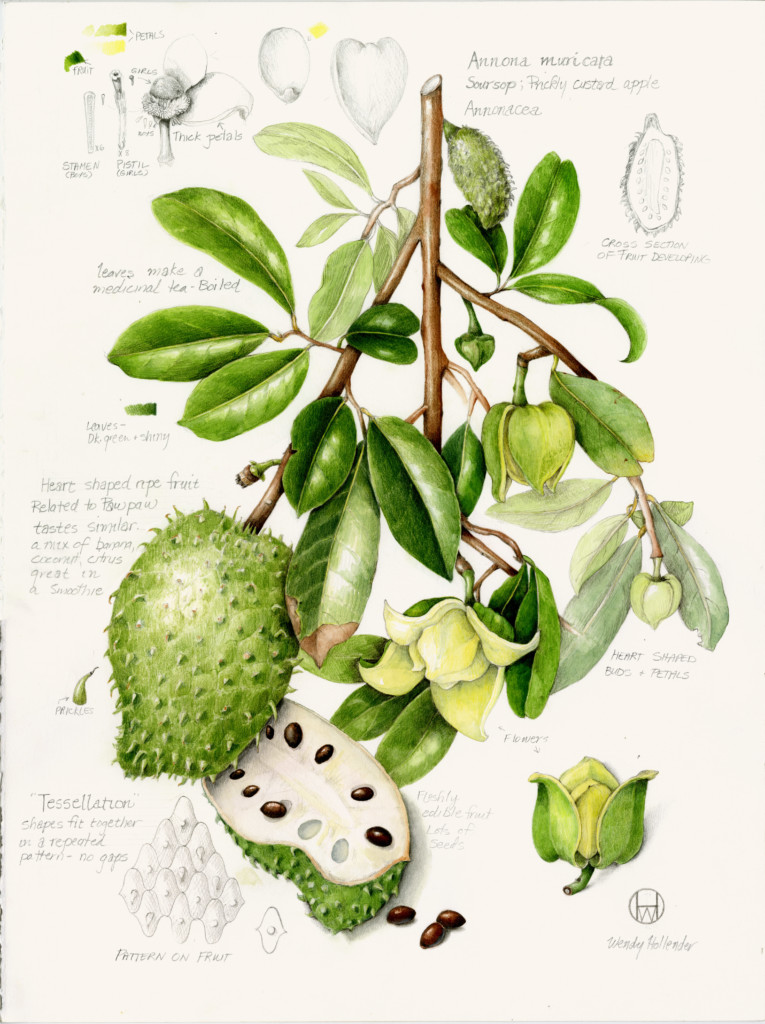
Botanical Illustration
Because its primary purpose was scientific documentation and plant identification, botanical illustrations focus most on botanical accuracy, communicating the plant’s morphology and distinguishing shapes and forms. Conventionally, the illustrations are based on live plants or herbarium specimens and “depict ALL relevant aspects of the plant, including the life cycle, that enable accurate identification.” Historically, most botanical illustrations are done without color to decrease printing costs (source).

Botanical Art
Though botanical art is scientifically correct, its focus is more on aesthetics and may not depict every aspect of the plant. Artwork is often done in color, either on a plain background, or the plant growing in its natural habitat (source).
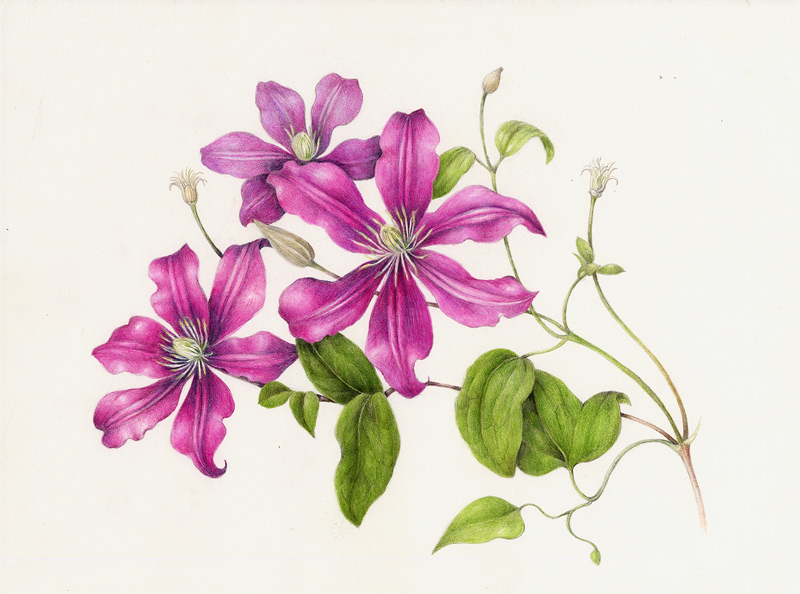
Flower Painting
Because flower paintings are not used for educational purposes, artists focus more on creating a pleasing painting without worrying so much about botanical accuracy. These artists have more freedom to portray flowers creatively, either in vases or gardens, with their own style.

Plant Portraiture
While plant illustrations document accurate botanical information, plant portraits portray decorative representations of botanical subjects, either on their own or in a group. (Check out the process behind Wendy’s recent Nightshade Family Portrait.)
History
“The first known visual depictions of plants were often used to decorate the walls of tombs and temples” nearly 4000 years ago. These decorations were highly stylized, so the plants were very loosely depicted and not scientifically accurate (source).

Many consider the “father of botanical illustration” to be Krateus (spelling varied), a Greek physician who drew plants for scientific purposes around the 1st century BCE. The first piece of traditional realistic botanical art dates back to 1600 BCE with a mural of red lilies of Greece painted in a house on the island of Santorini (source).
Around the 4th century BCE, healers and sorcerers realized that if they wanted medicine to have a future, they would need to create a proper reference of herbal plants and their various medicinal uses. This is when botanical illustration began to play a huge part in studying and classifying plants (source).
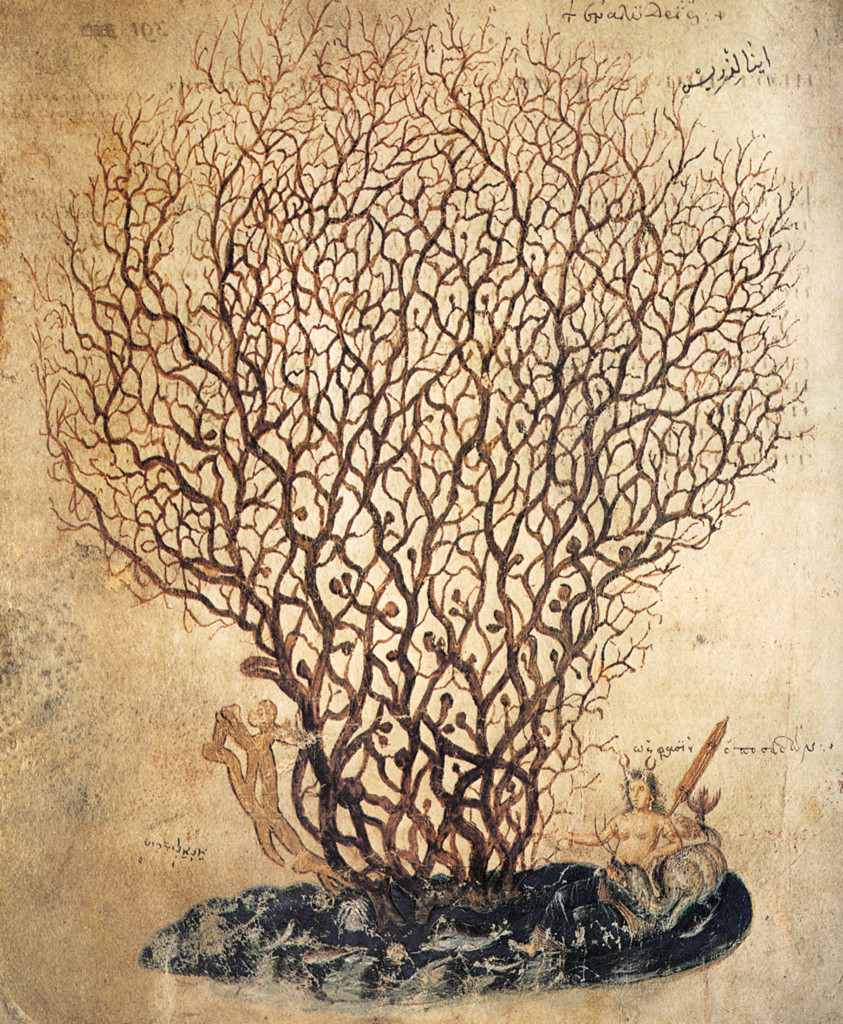
As mentioned in our post about decolonizing botanical art, between 50 and 70 CE, another Greek physician by the name of Pedanius Dioscorides, created De materia medica, a pharmacopeia of medicinal plants that became “the most accurate and full source of information about medicinal herbs for more than 1500 years, which makes it the longest-lasting natural history book that has ever existed” (source).
“In the late 15th century, Leonardo do Vinci (1452-1519) and Albrecht Durer (1471-1528) brought scientific precision to the world of rather crude and primitive botanical art. From that time on artists have been trying to depict plants in a very detailed way with all their structural complexity, ‘true to nature’” (source). Then came the Golden Age of botanical art (1750s-1850s), with new approaches ushered in by artists such as Pierre-Joseph Redoute (1766-1854), Franz (1758-1840) and Ferdinand (1760-1826) Bauer, and Margaret Meen (1751-1834), just to name a few. “However, due to rapid popularization of photography in the late 19th century floral art lost its scientific and academic importance and went back to its mainly decorative basics.” (source).
“Before photography was invented, botanical illustrations were essential to understanding plants. But today, too, drawings can illuminate aspects of plants in a way photos cannot. An illustration can show various parts of a plant at the same time, something a photo really can’t.”
– Robin Jess, Botanical illustration: Putting a timely focus on nature, ABC News
(Read more about why botanical illustration still matters.)
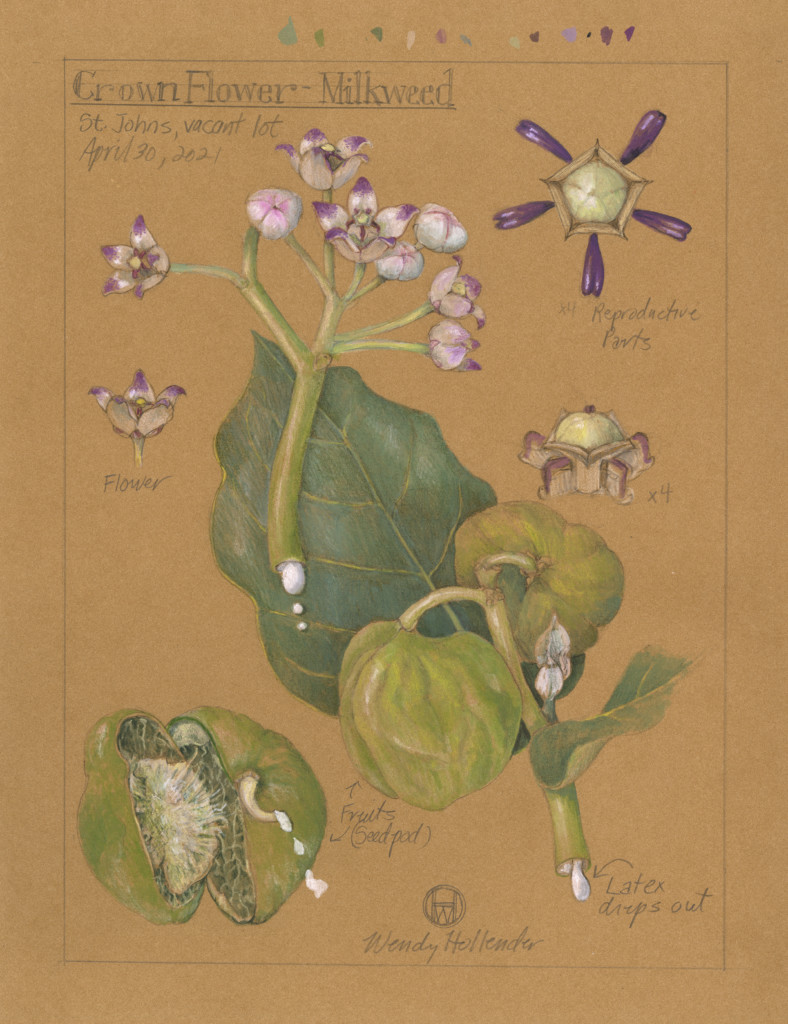
Draw Botanical
In the end, it all comes down to intention. Flower painters intend to decoratively communicate the flower’s spirit, while botanical illustrators intend to accurately communicate the plant’s form and function. Here at Draw Botanical, we find ourselves in the overlaps between scientific botanical illustration, botanical art, flower painting, and plant portraiture. We take inspiration from vintage botanical illustrations, attempting scientific accuracy and depicting our subjects with a light source coming from the upper left to emphasize their forms. Overall, our intention is to ENJOY the process of studying plants and capturing the beauty in their details, however we can. Maybe you create a large composition where you explore each stage of a plant’s life cycle, maybe you dive deep into just one flower petal, or maybe you’re somewhere in between or a combination! (Read more about what we do.)
“Botanical illustration attracts and compels us. A pretty flower is not just a pretty flower. It has a specific purpose: to attract a pollinator. A flower’s visual appeal comes from colorful markings, and its enticing scent lures the pollinator to the nectar within.” -Wendy Hollender
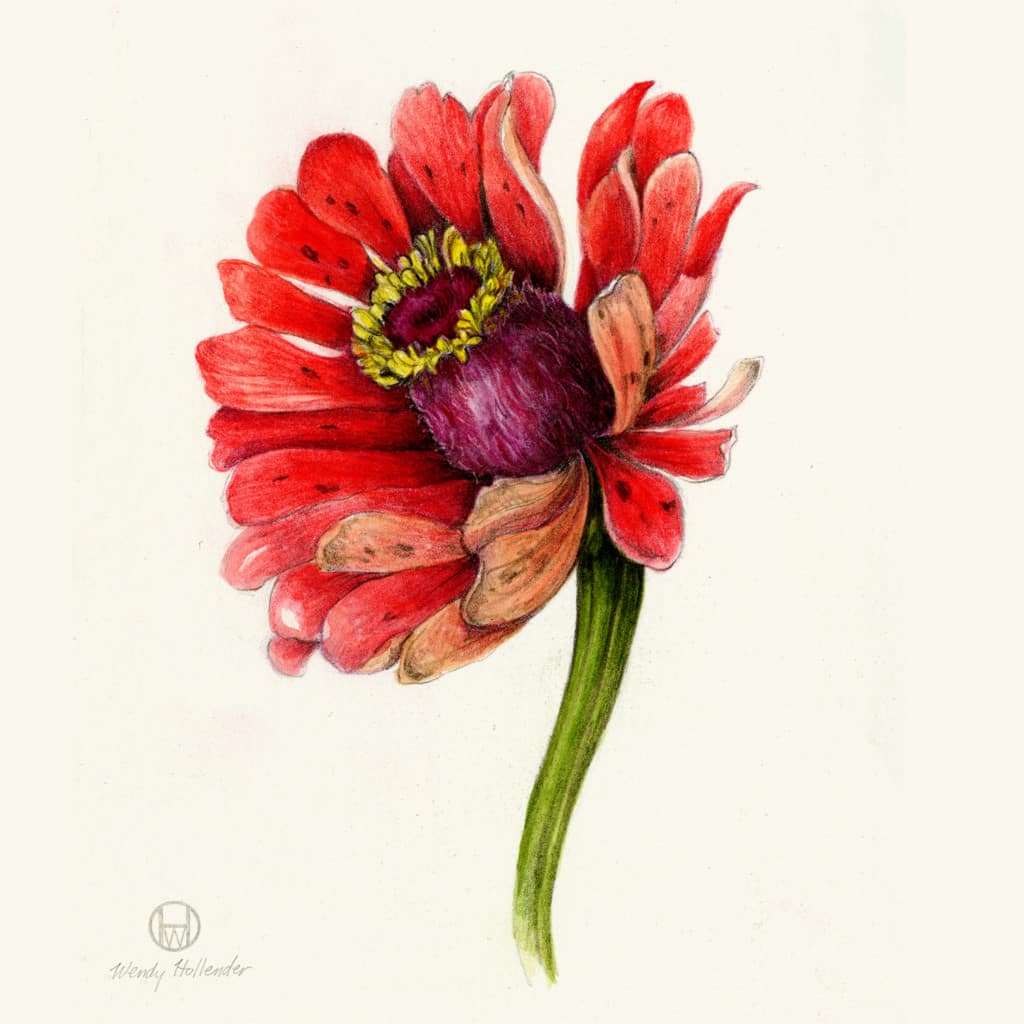
Passion is what creates art. We utilize our curiosity to explore our live plant subjects and accurately depict their delightful details, while taking some artistic license to arrange a pleasing composition (without compromising the plant’s integrity). We don’t paint flowers just because they’re pretty. We paint flowers (and other botanical subjects) because nature is our greatest teacher, and we’ve found the best way to study something and really get to know it is to draw it!
Want more botanical drawing lessons?
Join us for a workshop or subscribe to one of our online courses!
Try your FIRST WEEK FREE and cancel any time with no hidden fees!
